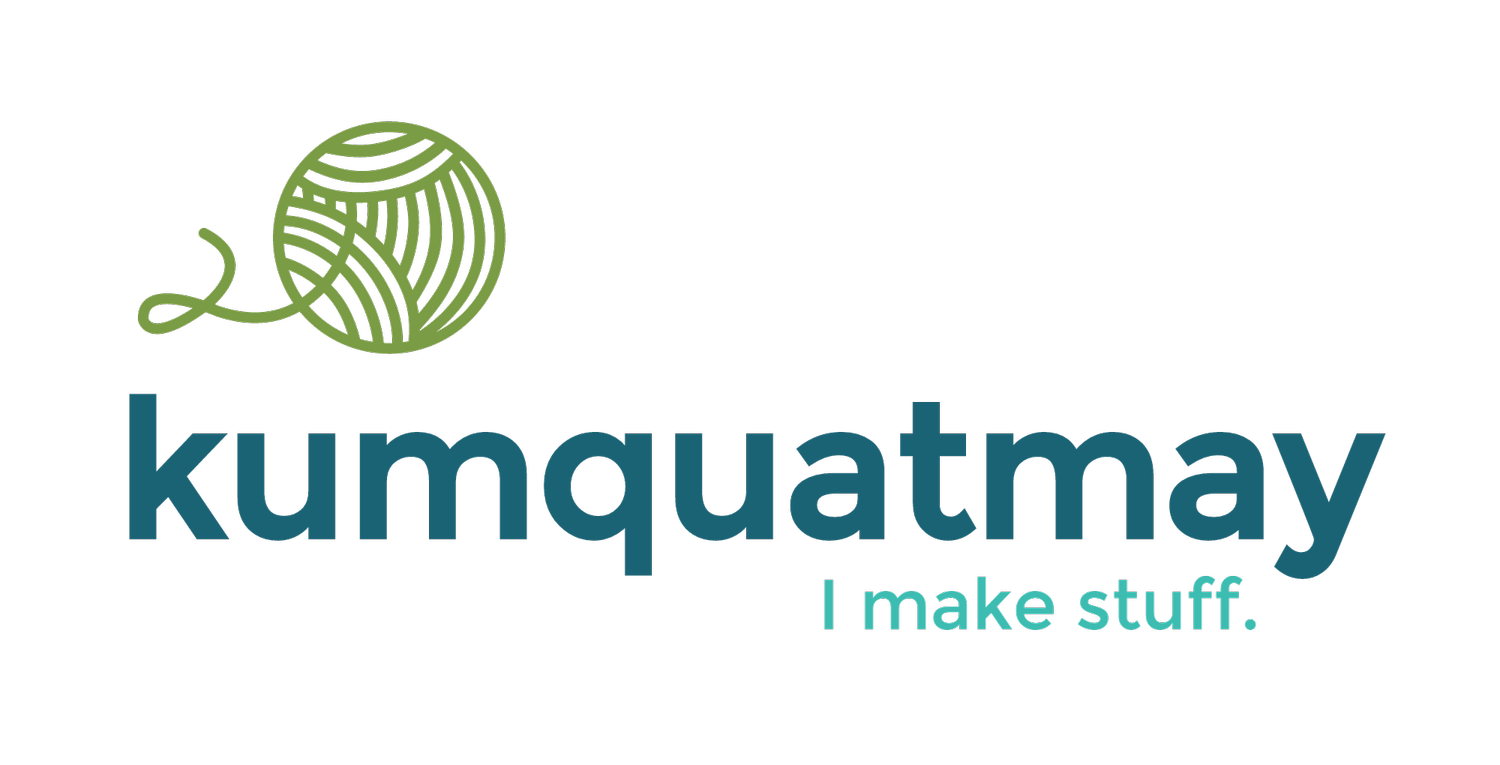Seaweed bowl
/Not literally a seaweed bowl. But a glaze combo that to me looks like seaweed, and pools a deep clear blue.
pretty pools of blue. please to note the sippy cup in the background, along with the ikea bowl with the dregs of broccoli. KLASSY!
One dip Standard pottery glaze chambray under one dip frosted moss. I love it
I've used this combination on at least one or two other pieces, but I think I've finally nailed it's quirks a bit more. It pools blue where the chambray was heavy--which I used to my advantage inside the bowl and didn't quite dump all the chambray out while glazing. But only on the inside of a bowl because this combination is super fucking runny. This piece has a bit of a ridge to act as a glaze catch, so it didn't run down the foot and onto the shelf.
see the mottling? Also say hi to my dad (and the messy kitchen). Hi Mr. Tom!
It's glossy, but translucent on the edges and texture and breaks a bit browny green on edges. But when the dips are too thin, it's dry. Where the frosted moss was heavier, it brings up some of the lighter colors and looks as though it'd be matte (as the frosted moss is a matte glaze on its own), but is still shiny with a bit more of a velvet sheen.








